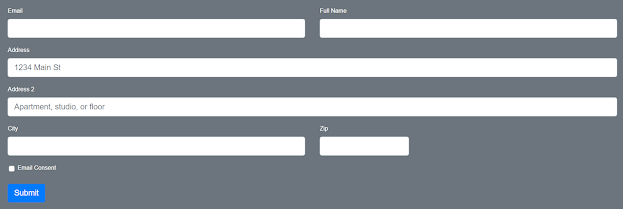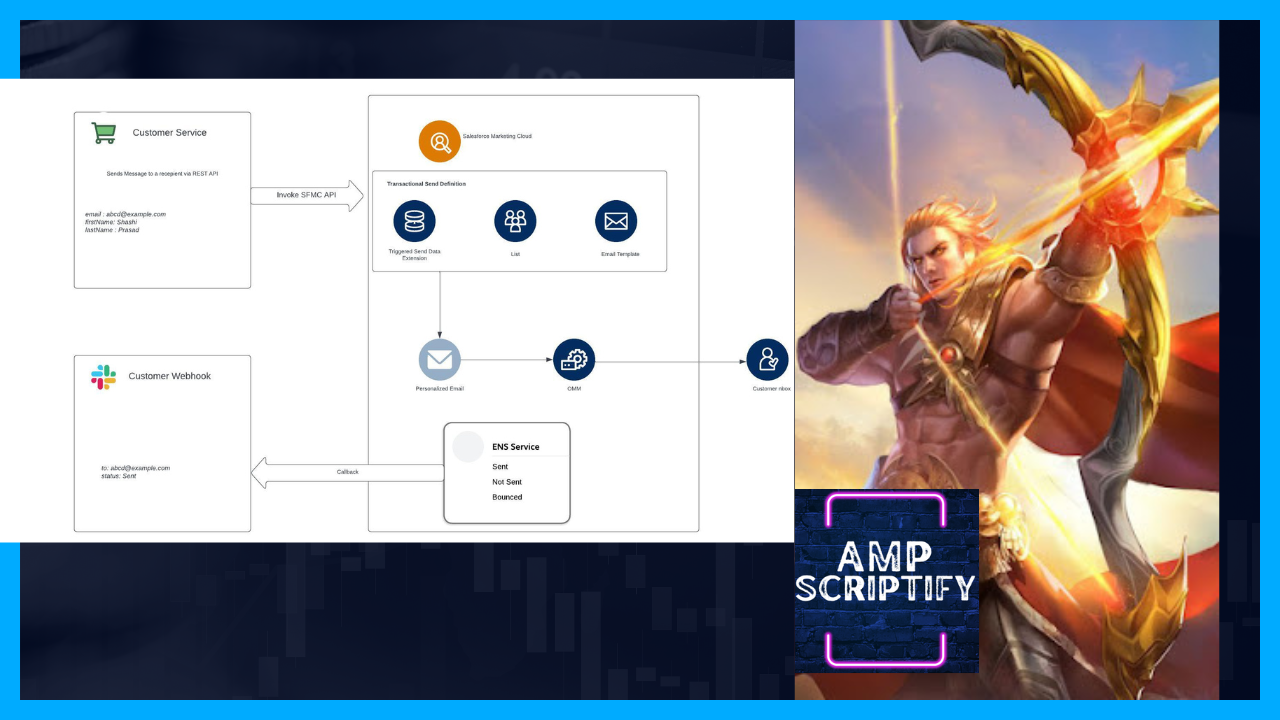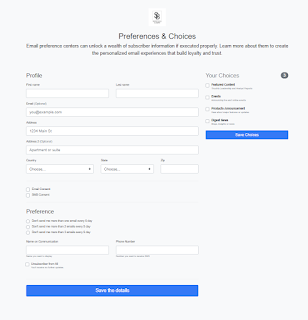CONSIDERATIONS FOR JOURNEY BUILDER - PART 2
RECAP PART 1 - JOURNEY BUILDER CONSIDERATIONS
Salesforce Marketing Cloud's Journey Builder is a powerful tool that allows businesses to create automated, personalized customer journeys across multiple channels, including email. Email activity within Journey Builder refers to sending targeted emails to customers at specific points in their journey. These emails can be triggered by various actions or events, such as a customer's behavior on a website or a specific date in their lifecycle. By leveraging email activity in Journey Builder, businesses can create more engaging and relevant email campaigns that improve customer engagement and drive conversions.
1. "WHEN" we leave the name and description empty :
The email’s name becomes the title of the activity unless you provide a custom title. If you don’t provide a description, the system-generated description is provided.
To create an email from the content builder see here.
2. "WHEN" we edit "Subject Line" and/or "preheader" :
When you edit the subject line/preheader, you must save the draft again to apply the change to this send.
3. "WHEN" contacts don't proceed in Journeys :
Contacts often don’t proceed in the journey when they’re excluded from a send. Journey Builder excludes contacts from a send due to factors such as domain exclusion, List Detective, presence on a suppression list, or opt-out list exclusion. These often lead to "Hard Errors" in the email activity summary.
4. "WHEN" you pause a journey for more than 72 hours :
Contacts that remain in the queue longer than 72 hours exceed the Triggered Send Expiration Policy and don’t receive the message.
A follow-up question - If we republish the auto-suppression list with new subscribers, would it affect the sends in the journey builder?
If subscribers are already queued in your triggered send definition (TSD) for the email activity, it would not affect the sends, it's recommended we re-publish the TSD.
5. "WHEN" sending tracking results to the sales cloud :
To send tracking data to Sales Cloud, the contact ID must be related to All Subscribers on Subscriber Key in the event source data extension. The Contact ID must be the 18-digit Contact ID value created by Sales Cloud and Service Cloud. The 15-digit version isn’t supported.
This condition is automatically met when using the Salesforce Data Event to admit contacts. Send Tracking Results to Sales Cloud isn’t available for Transactional send journeys.



.png)






Comments
Post a Comment